Pronunciation:
(FOR-naks)Abbreviation:
ForGenitive:
FornacisRight Ascension:
3 hoursDeclination:
-30 degreesArea in Square Degrees:
398Crosses Meridian:
9 PM, December 15Visible Between Latitudes:
50 and -90 degreesThe constellation Fornax, the laboratory furnace, is located in the southern hemisphere of the sky. It can be seen in latitudes south of 50 degrees north from October through December. Fornax is a mid-sized constellation with a total area of 398 square degrees. At this size, it is the 41st largest constellation in the night sky. It is bordered by the constellations Cetus, Eridanus, Phoenix, and Sculptor.
Fornax is not associated with any mythology. The name means “furnace” in Latin. It is one of 14 constellations named by the French astronomer Nicolas Louis de Lacaille in 1756 after his trip to the Cape of Good Hope to study the southern night sky. Lacaille named this constellation in honor of his good friend Antoine Lavoisier, a French scientist and the father of modern chemistry. Lavoisier was later branded a traitor and guillotined during the French Revolution in 1794. Lacaille originally named the constellation Fornax Chemica, the chemical furnace, after the small solid fuel vessel used for heating chemical experiments. The name was later shortened to Fornax by the English astronomer Francis Bailey in 1845.
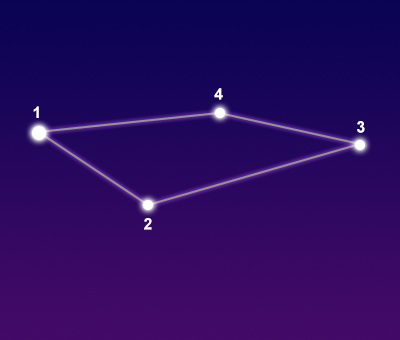
points of interest below © Sea and Sky
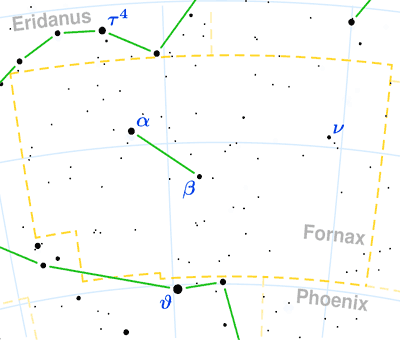
© Torsten Bronger CC BY-SA 3.0
Beta Fornacis
Nu Fornacis
Omega Fornacis
N/A
N/A
N/A
Yellow-White Giant Star
Blue Giant Star
Blue-White Dwarf Star
4.47
4.69
4.90
Fornax is a relatively insignificant constellation with only one star brighter than magnitude 4. The brightest star is Dalim with a visual magnitude of 3.85. Dalim is a binary star system located approximately 46 light years from Earth. The two stars in the system can easily be resolved in a small telescope. The second brightest star is Beta Fornacis with a magnitude of only 4.47. It is a yellow-white giant star that lies 169 light years away. The third brightest star is Nu Fornacis with a magnitude of 4.69. It is a blue giant star located about 371 light years away.
There are no Messier objects in Fornax, but this constellation does contain a globular cluster called NGC 1049 and a number of galaxies in a cluster known as the Fornax cluster. This cluster contains 58 individual galaxies and is the second richest galaxy cluster within 100 million light years of Earth. Some of the more interesting members of this group include a barred spiral galaxy known as NGC 1097, a double-barred spiral galaxy known as NGC 1365, the Great Barred Spiral Galaxy, and a lenticular galaxy called NGC 1316. Fornax also contains a unique galaxy called UDFy-38135539. This extremely faint galaxy is the second most distant object ever observed in the universe. It is believed to be over 13 billion light years from Earth. These faint galaxies can only be seen with a large telescope.
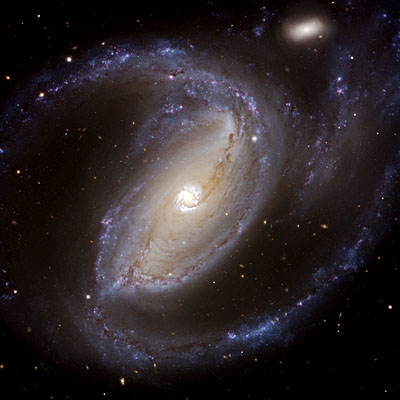
© European Southern Observatory / CC BY 4.0
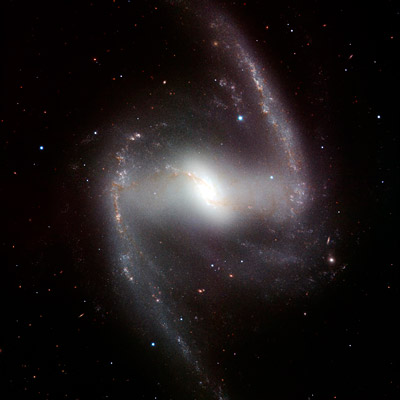
© European Southern Observatory / CC BY 4.0
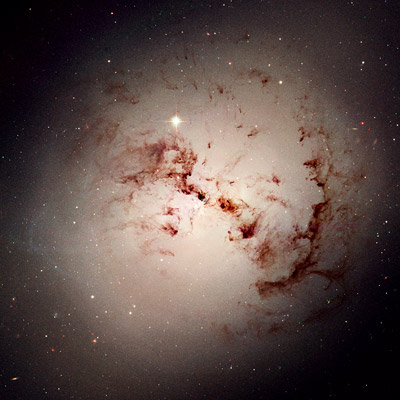
the Hubble Space Telescope
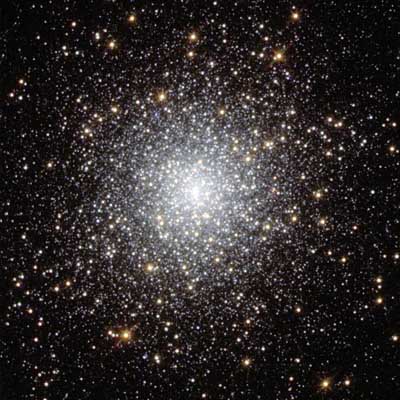
© ESA/Hubble / CC BY 4.0



